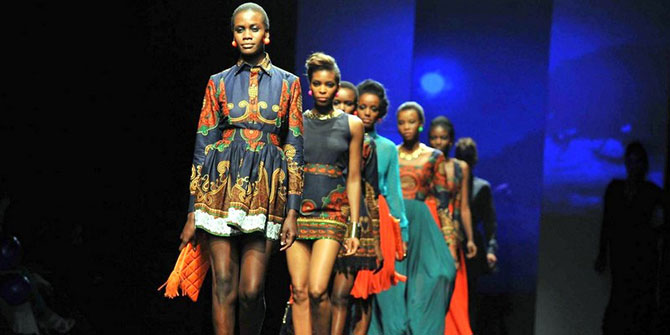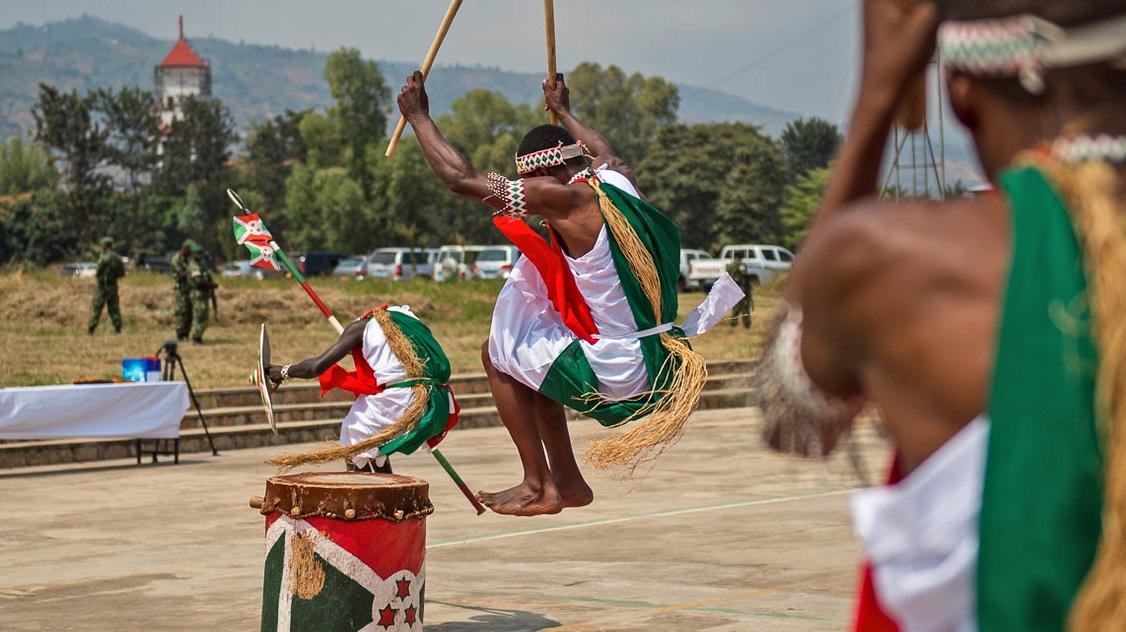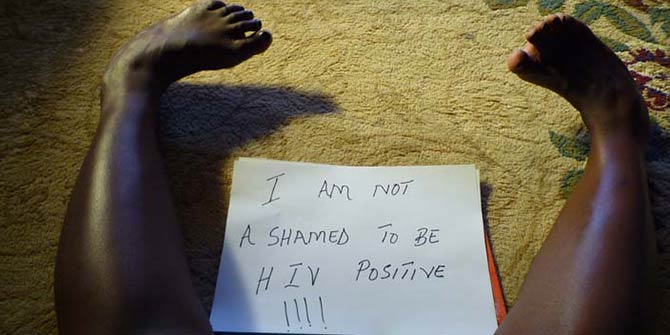Rethinking Africa Cultural Production makes a bold attempt to think differently about the impact of travel, exile and diaspora on African cultural production, says Robin Steedman.
Rethinking African Cultural Production is a provocative edited volume that lives up to its title’s claim of “rethinking.” The challenge the book throws out is how to think of the “African-ness” of “African” cultural production in conditions where artists, writers, and intellectuals live in and outside the continent, or across diverse places. This is perhaps one of the most important theoretical problems facing the study of African cultural production today and it is tackled head-on here across ten chapters.
 The questions of travel, exile, and diaspora have always been present in the creation and study of African cultural production; a figure like Ousmane Sembene immediately comes to mind for both his career trajectory and the content of his films like La noire de… (1966). What seems to have changed, in an era of globalisation, is the nature of this migration. Ekotto and Harrow daringly declare older movements—such as Pan-Africanism and Négritude—as “passed” (p1), although, they do temper this with the caveat that these ideologies are being transformed rather than entirely displaced (p9). It would seem that for them we live in a world where our critical tools have not kept pace with creative production.
The questions of travel, exile, and diaspora have always been present in the creation and study of African cultural production; a figure like Ousmane Sembene immediately comes to mind for both his career trajectory and the content of his films like La noire de… (1966). What seems to have changed, in an era of globalisation, is the nature of this migration. Ekotto and Harrow daringly declare older movements—such as Pan-Africanism and Négritude—as “passed” (p1), although, they do temper this with the caveat that these ideologies are being transformed rather than entirely displaced (p9). It would seem that for them we live in a world where our critical tools have not kept pace with creative production.
This volume is, in many ways, about the question of how to think and how to challenge and transform old modes of thinking to suit new ways of creating. In the words of Patrice Nganang: “we should avoid rushing to new materials … with old questions” (p78). He, for instance, proposes changing the question from: what is African literature? to: what is literature in Africa? This move destabilises essentialising formations of what it is to be African and importantly disallows the entire notion of “authentic” African literature.
Moradewun Adejunmobi argues we should see creative practices as “provocations to a society” (p59) and therefore we must see those creative practices as socially embedded and within particular contexts – within, outside, or between Africa and elsewhere. Tejumola Olaniyan adds that location strongly influences ‘scholarly accents’ between Africa and Euro-America and this happens because of the “starkly opposed ecologies of scholarly production” (p102) and material resources in these places. In this way, one of the volume’s most important questions is: where do we create from and why does this matter?
However, some stones are left unturned and questions left unasked. For instance, Olabode Ibironke says “The idea that audiences are not always preexistent but could be generated and manipulated by the genius of advertisement, promotion, and the like is at the heart of the publishing enterprise as such” (p47), and for him the reader “is secondary in the writing process” (p47). But is this always true? I am left wondering: what of novels that have not found publishers? I think to a certain extent he misses the more important question: what makes a publisher willing to take a chance on an author or a novel and how do current paradigms of understanding African literature impact this? The fact that African creative producers have been consistently shoe-horned into narrow parameters of what is “African” and correspondingly what they can create as “Africans” is a history that must be brought to bear here.

If the first half of the book is predominantly philosophical, the second offers some fascinating case studies. Valérie K. Orlando’s reading of contemporary Morocco films’ addressing the subject of a repressive past is particularly interesting. These chapters apply the philosophical concepts of the first six chapters—by looking at creative producers working both “at home” and abroad—and thus demonstrate their utility.
Each chapter presents a ‘provocation’ (in the way Adejunmobi means it) and that alone makes this volume worth reading. It can stray into the polemical at times, but this is a small price to pay for a book that so boldly attempts to think differently and to transform studies of African cultural production so that whether our materials are old or contemporary, our questions are resoundingly new.
Rethinking African Cultural Production. (eds.) Frieda Ekotto and Kenneth W. Harrow. Indiana University Press
Robin Steedman is a PhD Candidate at SOAS, University of London.
The views expressed in this post are those of the author and in no way reflect those of the Africa at LSE blog or the London School of Economics and Political Science.





